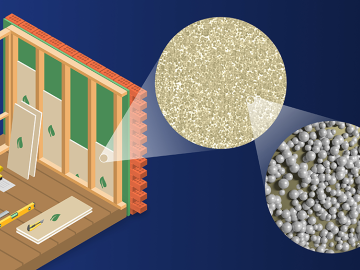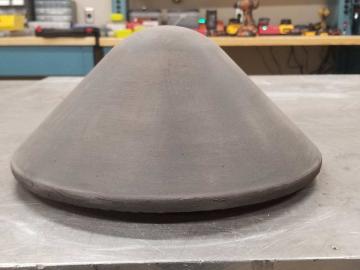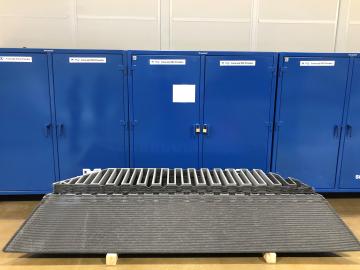
Filter News
Area of Research
- (-) Energy Science (15)
- Advanced Manufacturing (4)
- Biological Systems (1)
- Biology and Environment (12)
- Computational Biology (1)
- Computational Engineering (1)
- Fusion Energy (6)
- Materials (9)
- Mathematics (1)
- National Security (1)
- Neutron Science (2)
- Nuclear Science and Technology (11)
- Nuclear Systems Modeling, Simulation and Validation (1)
- Supercomputing (6)
News Topics
- (-) Bioenergy (2)
- (-) Clean Water (4)
- (-) Composites (9)
- (-) Nuclear Energy (1)
- 3-D Printing/Advanced Manufacturing (23)
- Artificial Intelligence (1)
- Big Data (1)
- Biology (2)
- Biomedical (1)
- Biotechnology (1)
- Buildings (13)
- Chemical Sciences (1)
- Computer Science (9)
- Coronavirus (2)
- Critical Materials (4)
- Energy Storage (21)
- Environment (15)
- Grid (15)
- High-Performance Computing (1)
- Hydropower (2)
- Machine Learning (2)
- Materials (12)
- Materials Science (9)
- Mathematics (1)
- Mercury (1)
- Microscopy (2)
- Nanotechnology (1)
- Polymers (5)
- Simulation (1)
- Space Exploration (2)
- Statistics (1)
- Transportation (26)
Media Contacts

Electric vehicles can drive longer distances if their lithium-ion batteries deliver more energy in a lighter package. A prime weight-loss candidate is the current collector, a component that often adds 10% to the weight of a battery cell without contributing energy.

Scientists at ORNL developed a competitive, eco-friendly alternative made without harmful blowing agents.

The presence of minerals called ash in plants makes little difference to the fitness of new naturally derived compound materials designed for additive manufacturing, an Oak Ridge National Laboratory-led team found.

Oak Ridge National Laboratory scientists designed a recyclable polymer for carbon-fiber composites to enable circular manufacturing of parts that boost energy efficiency in automotive, wind power and aerospace applications.

Oak Ridge National Laboratory scientists worked with the Colorado School of Mines and Baylor University to develop and test control methods for autonomous water treatment plants that use less energy and generate less waste.

A research team at Oak Ridge National Laboratory have 3D printed a thermal protection shield, or TPS, for a capsule that will launch with the Cygnus cargo spacecraft as part of the supply mission to the International Space Station.

A research team led by Oak Ridge National Laboratory bioengineered a microbe to efficiently turn waste into itaconic acid, an industrial chemical used in plastics and paints.

Oak Ridge National Laboratory researchers, in collaboration with Cincinnati Inc., demonstrated the potential for using multimaterials and recycled composites in large-scale applications by 3D printing a mold that replicated a single facet of a

Researchers at Oak Ridge National Laboratory have identified a statistical relationship between the growth of cities and the spread of paved surfaces like roads and sidewalks. These impervious surfaces impede the flow of water into the ground, affecting the water cycle and, by extension, the climate.

Oak Ridge National Laboratory researchers combined additive manufacturing with conventional compression molding to produce high-performance thermoplastic composites reinforced with short carbon fibers.


